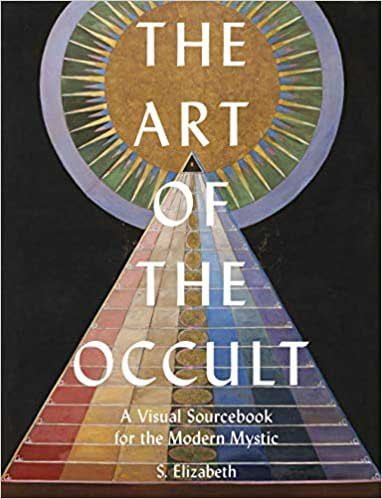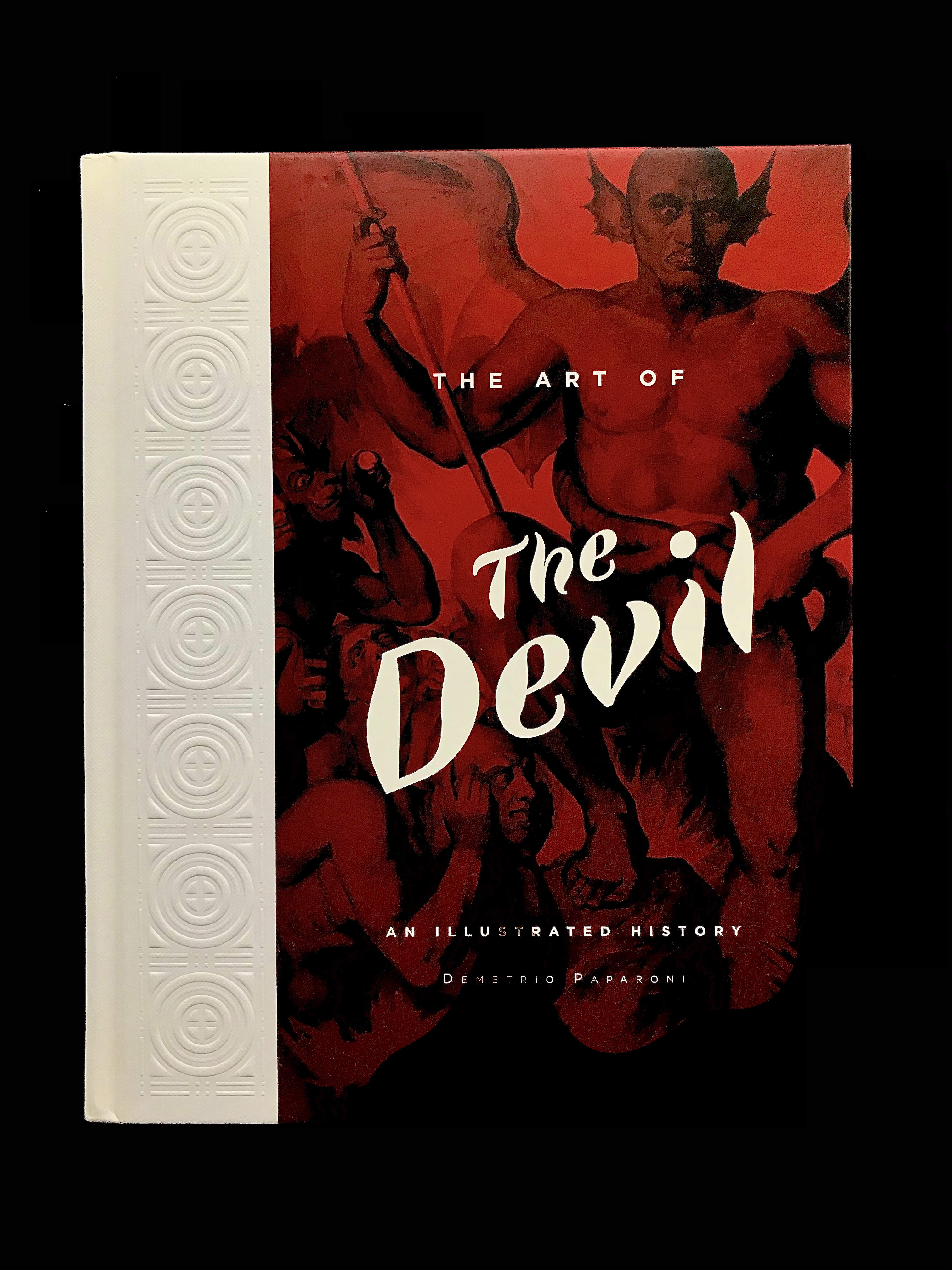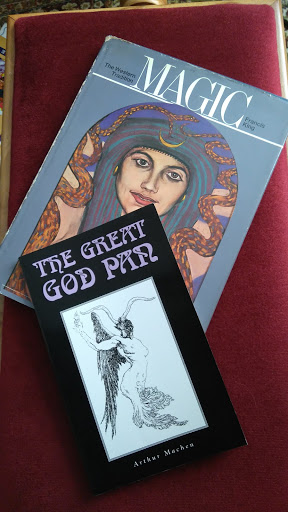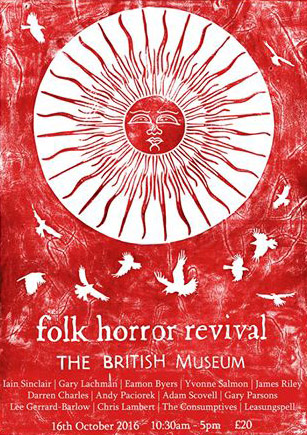
For a clearer picture of this book you need to look at the subtitle ‘ Tales From The Darkside’ as it may be presumed from the main title and the the pentagram design on cover that the book may be a history of discourse on the occult traditions of witchcraft, ‘alternative religion’ and ceremonial magic. This is not the case as the book is in fact an anthology of classic and lesser known short tales of the supernatural and psychological.
It takes the term ‘Occult’ in the wider sense of being hidden or secret; of being occluded.
In the more common usage of the term to denote dark magic, only a few of the stories peripherally allude to this and I wonder whether the name ‘The Repeater Book of the Uncanny’ would have been a more apt description of the greater tone of the contents.
Nomenclature and cover aside, the book will still likely be of considerable interest to many Revivalists.
Each story is selected and prefaced by writers who have penned works for the Repeater publishing house and I found these introductions to be most interesting. It is intriguing to discover why they selected the particular stories they did and also the commentary on the lives and mindsets of those that scripted the strange tales. I also approve of each story being preceded by an illustration.
Included within the volume are two stories from the pen of Irish writer Sheridan Le Fanu ~ ‘Squire Toby’s Will’ and ‘Green Tea’.
Squire Toby’s Will concerns itself with a family feud between two brothers regarding inheritance upon the death of their father and the dark emotions and vices that arise from greed and bitterness. The other tale featured ‘Green Tea’ is the more well-known and I think stronger of the two. Its premise revolves around the popularity of Green Tea a beverage that was popular in the time of the Romantic and Gothic poets and the story’s strength is bound not to its narrative, which really doesn’t go anywhere, but its hallucinatory energy. Within the tale the drink is in part demonised as a psychotropic that causes the decline of mind of the character Jennings who drinks lakes of the stuff but in another aspect it is seen as a key to opening the mind. Jennings was also a reader of the works of mystic Emanuel Swedenborg (providing the book with one of its stronger associations to the Occult in the narrower sense) and had earmarked a passage about opening the inner eye. Alas for Jennings, the opening of his mind’s eye released madness or something perhaps worse – an actual manifestation of his shadow self. A malevolent alter-ego that appeared in the guise of a grimacing, muttering monkey. Now this may sound absurd, but consider if you were haunted by such a beast, disturbing your peace and even urging you to commit suicide!
I wonder personally whether Le Fanu should have only had one story within the compendium as with the other featured authors, and another writer to have been featured in place, but as the book revolves upon the choice of Revolver writers in selecting stories that spoke strongly to them, then it is understandable how one storyteller could feature more.
In keeping with simians and also another story with a stronger occult theme, the classic WW Jacobs’ tale The Monkey’s Paw also features in the compendium. As is the case with the author Carl Neville who selected it, this is a story that has been with me since childhood. Basically it is a moral of being careful what you wish for. A family come into the possession of a taxidermy piece – a preserved monkey’s paw that can bring desires into fruition. Sounds like a blessing but the mitt reveals itself to be more of a curse. It is a simple tale but in its telling of what lurks beyond the door of grieving is a powerful piece of horror writing.
A short segment of contemplation by the author Mary Shelley ‘On Ghosts’ is short but sweet and had space permitted I would have been interested to read more writers’ musings on supernatural matters and delivering anecdotes of creepy tales they’d heard.
Virginia Woolf’s ‘A Haunted House’ is another brief inclusion that also serves to make the book something a bit different. It is more a reverie, a daydream, a description of sensations of being in a house that may be haunted – more perhaps a prose poem than a short story as such, but it continues a mood whilst also acting perhaps as an interlude in the book.
‘The Yellow Wallpaper’ by Charlotte Perkins Gilman is one of the more well known stories in the book, but deserves to be known more widely still both in horror literature and other circles of discussion. Brave and ahead of its time (when I first read it as a teenager, I thought it had been written well into the 20th Century, rather than in 1892 and actually still upon reading it as the images play out like a film in my mind, I visualise it not in Victorian fashions but those of a later date). This is certainly due to both its timeless quality, its courageous questioning of womanhood and postnatal depression in that patriarchal era and the spectre of ‘hysteria’ that cast like a shadow over women of the period. The horror in it is not explicit – we are not told this is a definitely demon,a ghost, a vampire doppleganger or whatever but left to consider that it may very well be an inner demon manifest as a woman virtually imprisoned in her room obsesses over the yellow wallpaper in there and begins to see it take on a life of its own. Either way its build-up of dread and strangeness as the tale progresses marks it as horror as well as being an important piece of literature in other ways.
A more obscure gem in the book is Marlene Dotard’s ‘Par Avion’ from 1928. Taking as its premise the spirit communication between a living lover and one who has passed over. It does however introduce the unsettling suggestion of how malady – a virus is transmitted from the world of the dead into our world by mediumship and spreads through time. Interspersed within passages of the tale are shots of lyrical description blending scientific processes with an almost feverish mystical beauty.
A more well-known author Mark Twain, broaches contagion also in his tale Punch, Brothers, Punch’, befitting this Covid age. It is a peculiar witty story, that preceded the book and film ‘Pontypool’ by many decades, and though a beast of different tone deals in the same territory of language of words becoming viral. Tristam Adams’ introduction to his choice of tale, also struck a chord with me beginning as he does with talk of INMI (Involuntary Musical Imagery) – i.e. Ear-Worms! Because at the time of reading and for too many days surrounding I for some unfathomable reason was dealing with the song ‘Twelve Thirty (Young Girls are Coming to the Canyon)’ on a constant loop in my head. It’s a good song but damn, it got a bit much! He also speaks of another subject close to my heart (hopefully not literally) – Parasites! When working for The Wildlife Trusts in a past life, in doing environmental education activities when school groups visited the reserves, one of my perks of the job (which I must say the vast majority of kids seemed to enjoy) was telling them about the weirder, grislier, grosser wonders of nature. I must admit that in talking about the world of parasites my skin would crawl too, but damn (again) they are really fascinating creatures. And that is a joy of this book, the peculiar twists and turns the selecting writers take in the delivery of their story of choice.
Bizarre creepy-crawlies and the apparent dissolving of ‘reality’ into a psychotropic nightmare are again themes that reoccur in Francis Stevens Unseen -Unheard and again why I question if this work should perhaps have been called The Repeater Book of the Uncanny, as many of the stories seem to dwell in the moments where something happens or something encountered is not quite right and then becomes increasingly wrong.
Edgar Allan Poe’s The Black Cat is more familiar territory though for readers of horror short fiction. The classic tale of whereby a man’s cruelty and callous arrogance come back to bite him or rather in this case incriminate him for woeful wrongdoings.
The book ends with the brooding novella The Willows by Algernon Blackwood. This tale of being at the mercy of nature is apt in these days of Climate Change and is an eerie, atmospheric classic of folk horror / weird fiction in its own time and own right. The author Algernon Blackwood was himself a scholar of Rosicrucianism and a member of the Hermetic Order of the Golden Dawn, and I wonder whether perhaps a chance was missed here as other authors of supernatural material such as Arthur Machen, WB Yeats (who wrote extensively on folklore as well as being a great poet) and even E. Nesbit were members also of The Golden Dawn. As was notoriously for a while Aleister Crowley – though certainly not the best writer (and definitely not the best poet) he did pen some short fiction and his life is certainly an interesting topic, regardless of whether your opinions on his character or literary ability are foul or fair. Perhaps should an extended edition ever come about more tales by writers actively involved in the occult in their own lives could be a factor.
As it stands, The Repeater Book of the Occult: Tales From the Darkside is a solid enough anthology of short horror, that combines some well-known classics of the tradition with some unfamiliar and offbeat fare and is enriched further by each tale being preceded by diverse and intriguing introductions and also by illustrations.
Publisher : Repeater Books; New edition (9 Feb. 2021)
Language : English
Hardcover : 350 pages
ISBN-10 : 1913462072
ISBN-13 : 978-1913462079
https://repeaterbooks.com/product/the-repeater-book-of-the-occult-tales-from-the-darkside/

Reviewed by Andy Paciorek



























